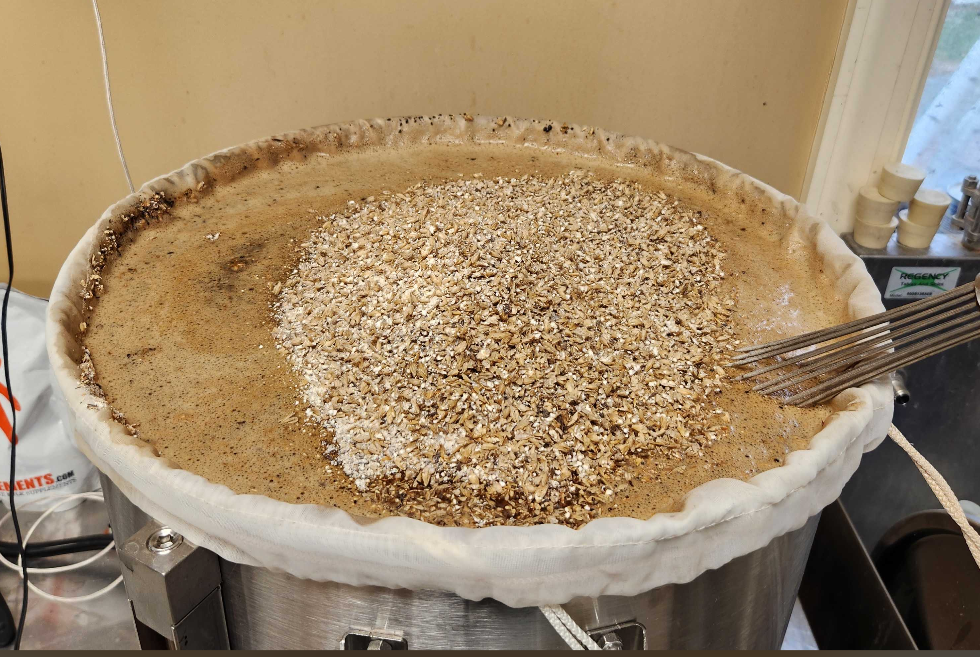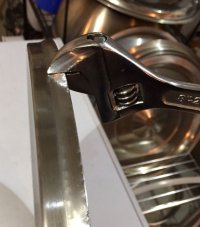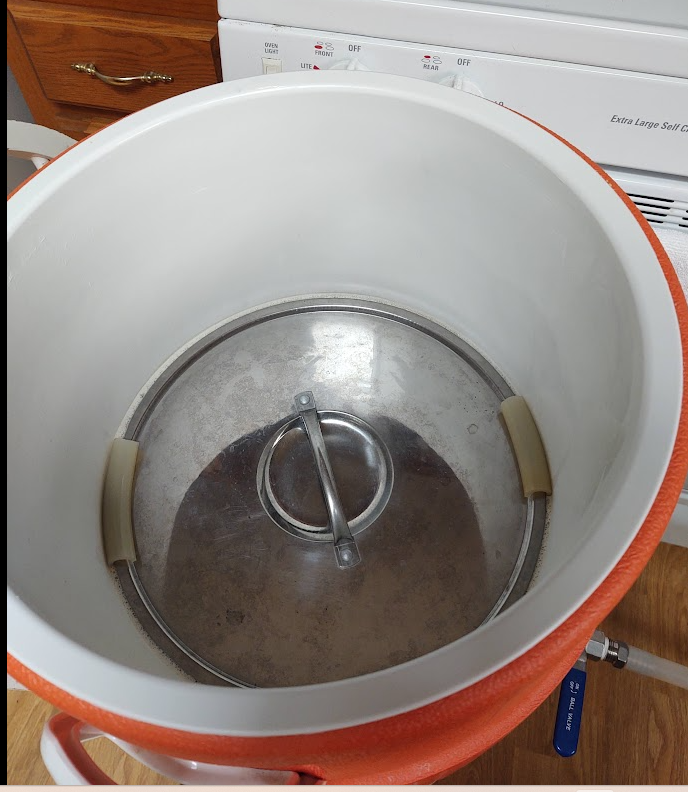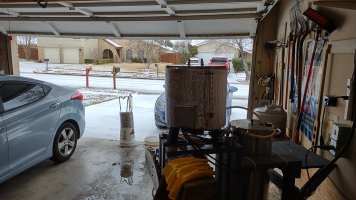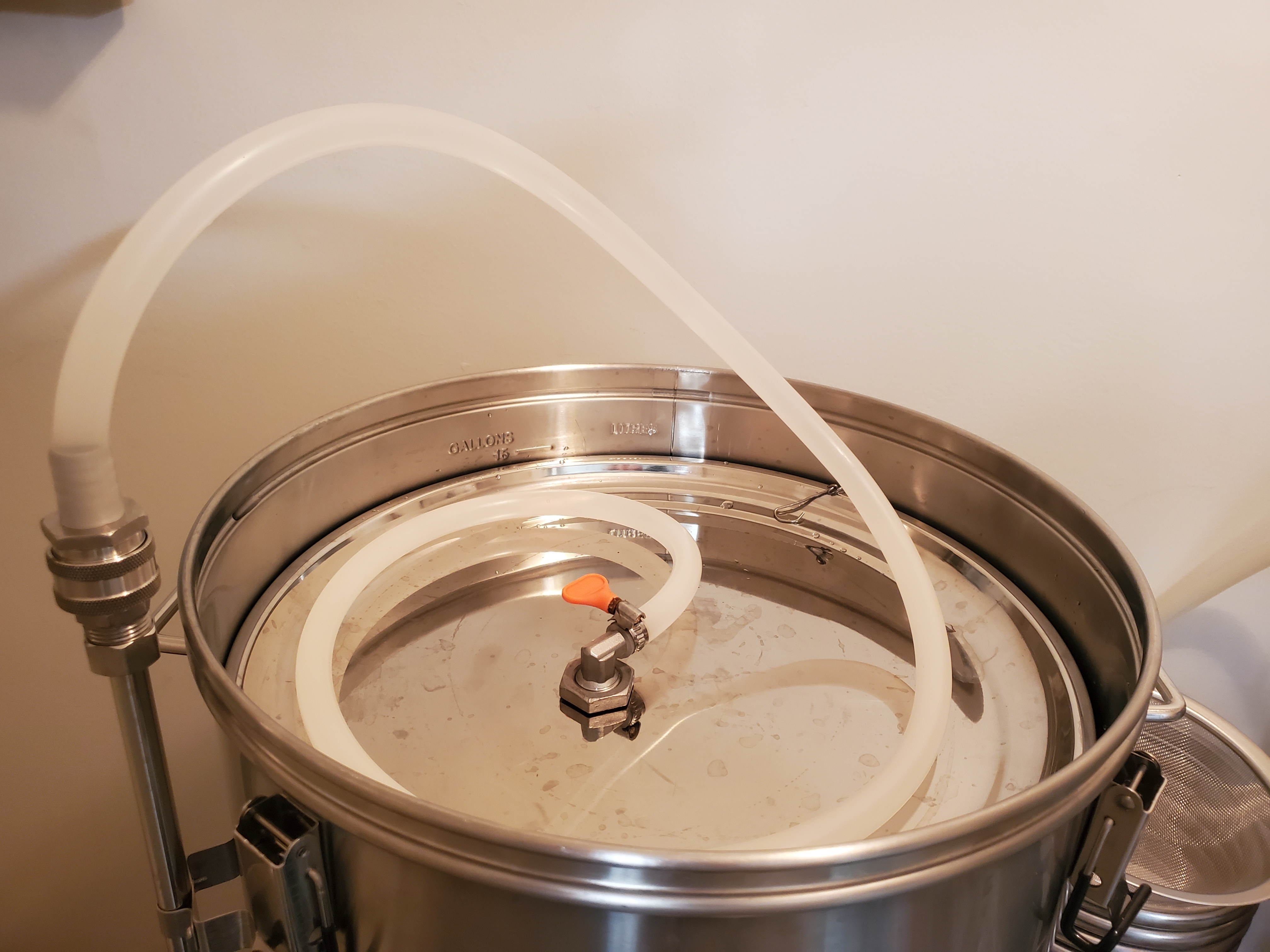I thought I’d run some numbers on this statement:
- 100 mL is about 6 cubic inches.
- 100 mL is roughly 5 millimoles of gas at ambient temperature and pressure, so for air, one millimole of oxygen.
- Assume every oxygen molecule in that headspace goes into solution over the course of the mash, and reacts to form an off-flavor compound, X.
- Assume X is a small molecule with a molar mass of ~100 g. This means there is 100 mg of X created by oxidation.
- For a 20 L batch, that’s 5 mg of X per liter, or 5 ppm.
This is interesting to me because 5 ppm implies a bit about the identity of X. There are plenty of compounds that have far lower flavor thresholds (e.g., MBT, geosmin, 4VG), but there are also plenty that don’t (e.g., acetaldehyde, ethyl acetate.)
Also, in my judgment,(3) is likely a very poor assumption. Not every oxygen molecule will make a molecule of X, as there will be other things in the mash to react with. (An alternate way to say it is that collectively, all of the oxidation products must have a weighted average taste threshold of 5 ppm.)



